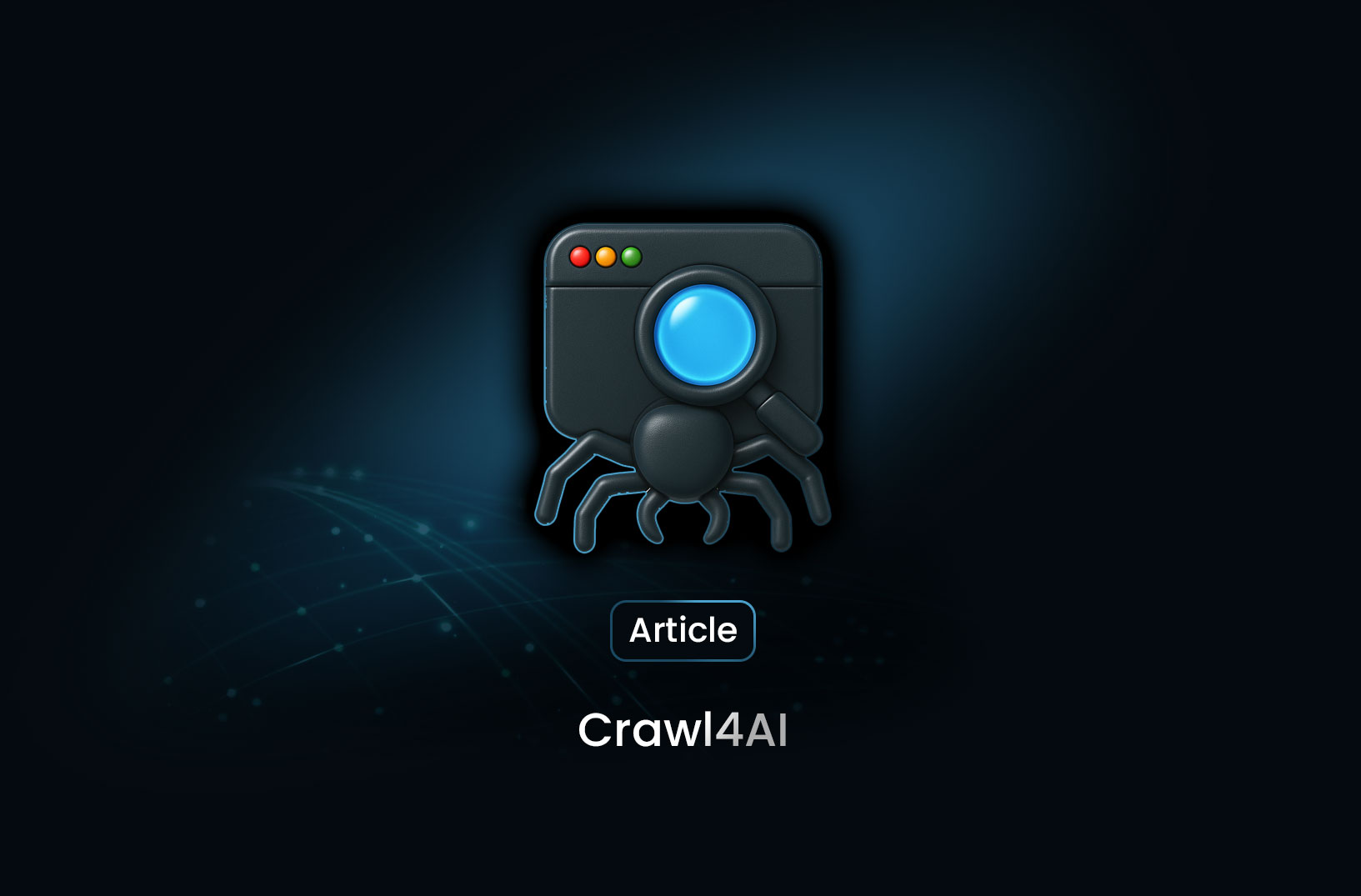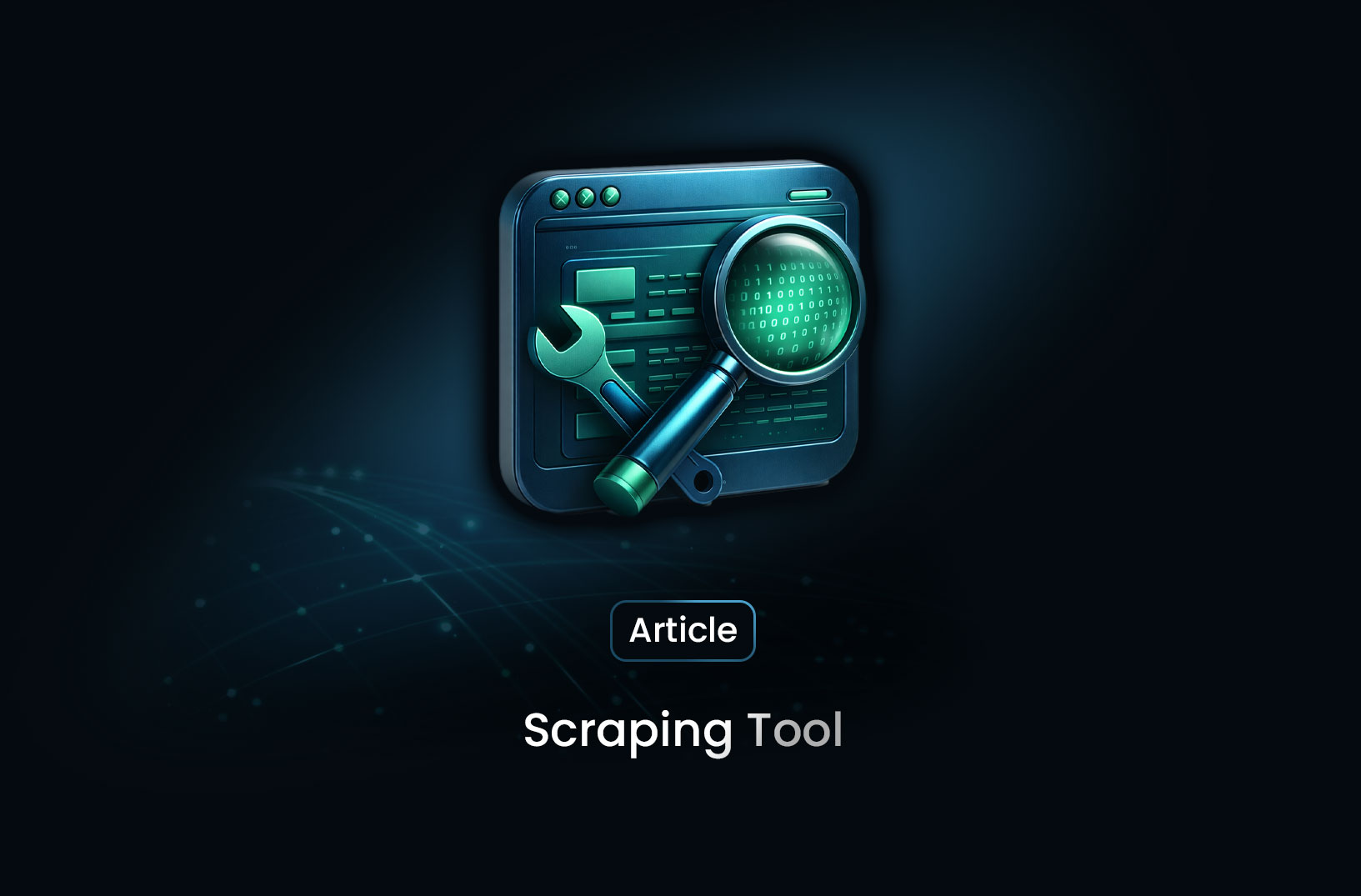
The Open-Source Web Crawler Built for AI Agents and LLMs
ArticleExplore Crawl4AI, the open-source web crawler designed for AI agents and LLMs. Learn about its features, real-world applications, and how to get started.
In the evolving landscape of AI and data-driven applications, efficient and intelligent web crawling has become paramount. Enter Crawl4AI, an open-source, high-performance web crawler specifically designed to meet the demands of large language models (LLMs), AI agents, and data pipelines.
What is Crawl4AI?
Crawl4AI is a Python-based web crawling framework that delivers blazing-fast, AI-ready web crawling tailored for LLMs, AI agents, and data pipelines. Fully open-source, flexible, and built for real-time performance, Crawl4AI empowers developers with unmatched speed, precision, and deployment ease.
Key Features of Crawl4AI
-
LLM-Optimized Output: Generates clean Markdown-formatted data, ideal for retrieval-augmented generation (RAG) and direct ingestion into LLMs
-
High Performance: Delivers results 6x faster with real-time, cost-efficient performance.
-
Flexible Browser Control: Offers session management, proxies, and custom hooks for seamless data access.
-
Heuristic Intelligence: Uses advanced algorithms for efficient extraction, reducing reliance on costly models.
-
Open Source and Deployable: Fully open-source with no API keys—ready for Docker and cloud integration.
Real-World Applications
Crawl4AI's versatility makes it suitable for various applications:
-
Academic Research: Facilitates large-scale data collection for academic studies, enabling researchers to gather and analyze web data efficiently.
-
Business Intelligence: Assists businesses in monitoring competitors, tracking market trends, and gathering customer insights through web data.
-
AI Model Training: Provides high-quality, structured data necessary for training robust AI models, especially in natural language processing tasks.
Getting Started with Crawl4AI
To begin using Crawl4AI, follow these steps:
-
Installation:
Install Crawl4AI using pip:
pip install crawl4ai -
Setup:
Run the setup command to install browser dependencies:
crawl4ai-setup -
Basic Usage:
Here's a simple example to crawl a webpage:
import asyncio from crawl4ai import AsyncWebCrawler async def main(): async with AsyncWebCrawler() as crawler: result = await crawler.arun(url="https://example.com") print(result.markdown) asyncio.run(main())
This script initializes the crawler and retrieves the Markdown-formatted content of the specified URL.
Conclusion
Crawl4AI stands out as a powerful, open-source tool for web crawling, offering features tailored for AI applications. Its speed, flexibility, and AI-optimized output make it an excellent choice for developers and researchers seeking to harness web data effectively.
For more information and advanced configurations, visit the Crawl4AI Documentation.
Find more insights here

Scraping Tool: What It Is, How It Works, and How to Choose the Right One
Learn what a scraping tool is, how web scraping tools work, common use cases, and how to choose the...

Web Scraping in C++: A Detailed Guide for Developers
Learn how to build a web scraper in C++ using libcurl and libxml2. This guide covers HTTP requests,...

How to Parse JSON with Python: A Practical Guide
A practical guide to parsing JSON in Python, covering json.loads, json.load, nested data, error hand...
